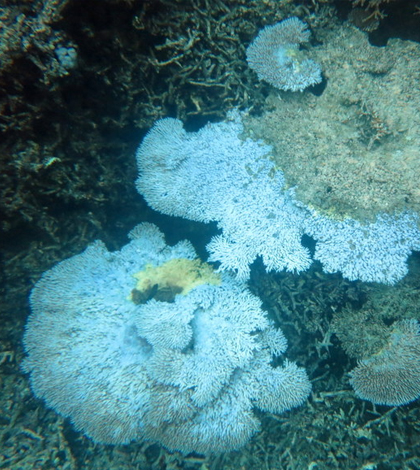Major Global Coral Bleaching Event Continues Its progress

Bleached and dead coral in the National Marine Sanctuary of American Samoa. (Credit: NOAA)
Even though coral accounts for only one tenth of 1 percent of the area of the ocean, 25 percent of the ocean’s fish live in coral reefs. This year, a massive global bleaching event is estimated to destroy about 10 to 20 percent of the world’s remaining coral, according to Phys.org.
The huge bleaching event is believed to be the result of global warming and this year’s El Niño. Hawaii has been hit especially hard, due to disproportionate warming in the area. Hawaii also has not yet recovered from last year’s major bleaching, making the effects of the current one even worse.
The bleaching event began in Guam and has since spread to the Pacific and Indian Oceans. It is currently striking Hawaii and gradually moving through the Florida Keys. It is expected to hit Cuba, Puerto Rico and the Dominican Republic. When it hits Australia’s Great Barrier Reef, it is expected to do unprecedented damage.
Top image: Bleached and dead coral in the National Marine Sanctuary of American Samoa. (Credit: NOAA)




0 comments